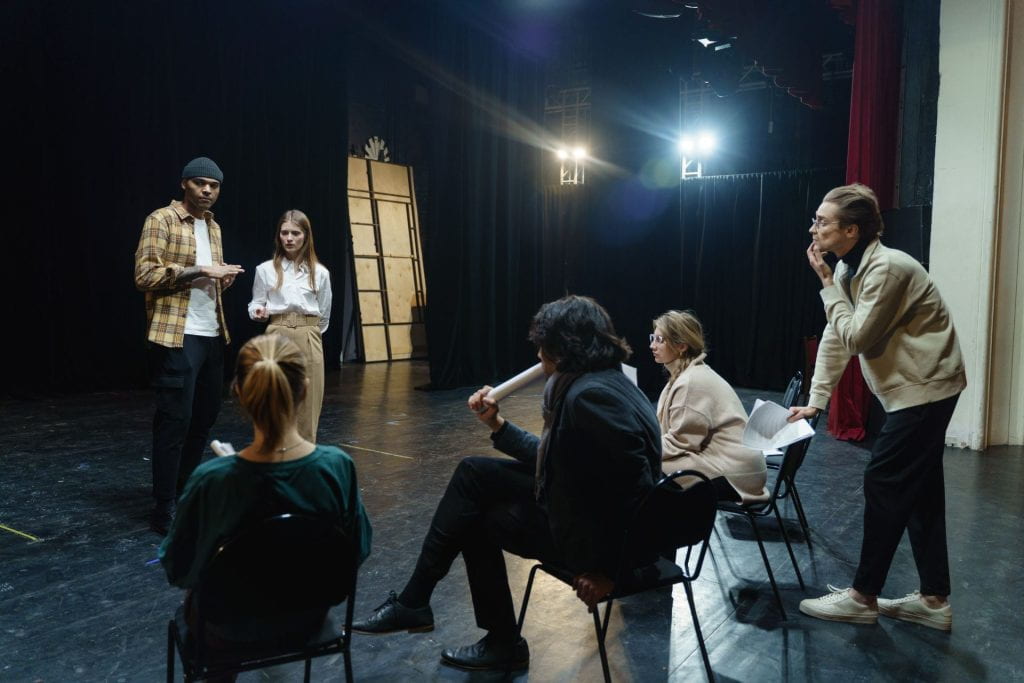By Luis Colon
Instructional Designer
luis.colon@stonybrook.edu
Last month, members of CELT traveled to Buffalo, New York to attend the SUNY Conference on Instructional Technology (CIT) hosted by the University at Buffalo to participate in the event as well as present some of the work that we have been doing. The CIT conference started in 1992 and since has provided faculty and instructional support professionals a space to share their experiences, delve into common issues, work towards finding solutions, and explore the many innovative avenues that allow instructors to enhance the learning environment through the use of technology.
The theme of this year’s conference was: Creating Inclusive Innovation in Higher Education, and showcased engaging sessions from faculty and instructional support professionals focusing on topics such as course design, assessment strategies, artificial intelligence (AI), immersive technologies, and more. In addition to these sessions, there were also exhibits from sponsors including D2L, Lumen Learning, and Respondus, as well as other exhibitors showcasing products and other technologies that could be used in the classroom to enhance the learning experience as well as increase engagement.

During the conference, we presented at two different sessions. Our first session, Critical Conversation on Generative AI, focused on our response to the boom of AI tools to support teaching and learning in college classes at Stony Brook University. The session opened with the CELT AI Timeline, illustrating how CELT started with collaborations with the academic integrity office. CELT proactively communicated to the SBU faculty about the best practices on generative AI in their classrooms and provided ongoing support and training sessions. We stay abreast on the latest AI tools and explore the benefits, challenges, and potential use cases with interested faculty members at Stony Brook University. During the past one-and-a-half-year period, CELT hosted 22 AI events with 1,110 Attendees. The AI panel discussion series covers topics like academic integrity, AI best practices, AI ethics, student perspectives, creative AI in art education, AI, and research. Monthly AI talk sessions allow faculty to ask questions and share their experience. Generative AI in Higher Education workshop series focuses on AI tools training, AI guidelines, assessment redesign, and ethical and practical AI usage for teaching and learning.
Ultimately, as AI tools continued to develop and become more capable it became clear that we would need to expand our offerings to meet the needs and demands of interested stakeholders which we have done over the past year.
During the second half of the session, we opened up the floor to respond to questions for the audience to join the discussion and share their thoughts. The audience shared both valuable insights and ideas regarding AI usage as well as valid concerns regarding the capabilities and rapid growth of the technology. We shared resources at the end of the session and were able to speak to some of the audience members who had additional questions or were interested in continuing the conversation.
Our second session, Exploring VR Applications in College Classes – An SBU Showcase, focused on the applications of virtual reality (VR) of faculty members at Stony Brook University. They explored the capabilities of these types of tools and how they can fit into their course goals and enhance their overall instruction. We began by discussing how the effective utilization of VR can positively impact teaching and learning and discussed specific tools that provide diverse experiences in VR that can be incorporated into any course. This included 360° photo and video, WebXR tools such as FrameVR, and immersive VR tools used in simulation-based learning. We then discussed our collaborations with faculty and staff members at the university and how they are currently using or planning to utilize VR in their courses. This included the work of Mark Lang from the School of Marine and Atmospheric Science (SoMAS), Dr. Guleed Ali from the Department of Geosciences, Dr. Carol Carter from the Department of Microbiology and Immunology, and Dr. Gary Marr from the Department of Philosophy in collaboration with Paul St. Dennis from the Department of Information Technology (DoIT). Then Dr. Guleed Ali presented via Zoom on VR virtual field trips as an inclusive pedagogy strategy in his Geoscience class.
The second part of our session was a hands-on immersive showcase, audience members could try on some of the VR applications we discussed. We set up three stations with Meta Quest headsets where audience members could see firsthand the diverse use cases of VR technology in the higher ed learning environment and familiarize themselves with working in VR. This also allowed us the opportunity to speak with audience members about their experiences with VR in the classroom, how they may be using VR in innovative and exciting new ways, and how they would like to be using VR in the classroom in the future.

The experience of attending and presenting sessions at CIT in Buffalo this year was an exciting and informative experience for our team. It was great to network and collaborate with other colleagues in teaching and learning more about the future of technology in our discipline. Our team returned with many great ideas and approaches that we are excited to implement in our own work.




